TL;DR: Find out how Semiotic Labs plans to integrate AI with The Graph, leveraging its decentralized and transparent blockchain data for more accurate and efficient results.
In a recent episode of Builders Office Hours, Marcus from Edge & Node hosted Sam Green and Anirudh Patel from Semiotic Labs to discuss their work on integrating AI with The Graph protocol.
Here’s a glimpse of the exciting potential that AI holds for The Graph ecosystem, as shared by Sam and Anirudh.
Background on Semiotic Labs
Sam and Anirudh provide an overview of Semiotic Labs, an R&D core developer team working on The Graph. Founded in 2020, the company focuses on cryptocurrency and AI and has recently started major efforts toward integrating AI into The Graph.
The Graph’s data makes an excellent foundation for AI
The Graph is uniquely positioned to leverage AI because it already has access to vast amounts of decentralized, transparent blockchain data. Unlike centralized entities that rely on data being fed into them, The Graph can use its extensive and inherently transparent datasets. This integration allows for more accurate, efficient, and verifiable results. The decentralized nature of blockchain ensures that AI can operate with higher trust and reliability, making it a powerful tool for innovative applications using The Graph’s data.
As we bring AI into the protocol, we’re basically enshrining intelligence into The Graph. It will be really interesting to see what this does to The Graph in the long term to have intelligence built in. It could cause The Graph to develop in an interesting and powerful direction in the long term.
Sam Green, Semiotic Labs
Semiotic Labs has released a white paper detailing how AI will be integrated into The Graph. The key components discussed are:
- Inference Service: This will allow developers to run AI models in The Graph, and build dApps with capabilities similar to ChatGPT.
- Agent Service: This service combines The Graph’s data with AI capabilities to enable more complex applications. It acts as the “eyes and senses” for the AI “brain,” facilitating advanced interactions and data processing.
Technical insights
Sam and Anirudh dive into the technical aspects of their work:
- AI models and data: They emphasize the importance of using The Graph’s extensive data for AI applications. By collocating data and AI services, they can provide more accurate and efficient results.
- Natural language to SQL: An example demonstration (Timestamp 13:40) shows how users can query blockchain data using natural language, which is then translated into SQL queries by AI models.
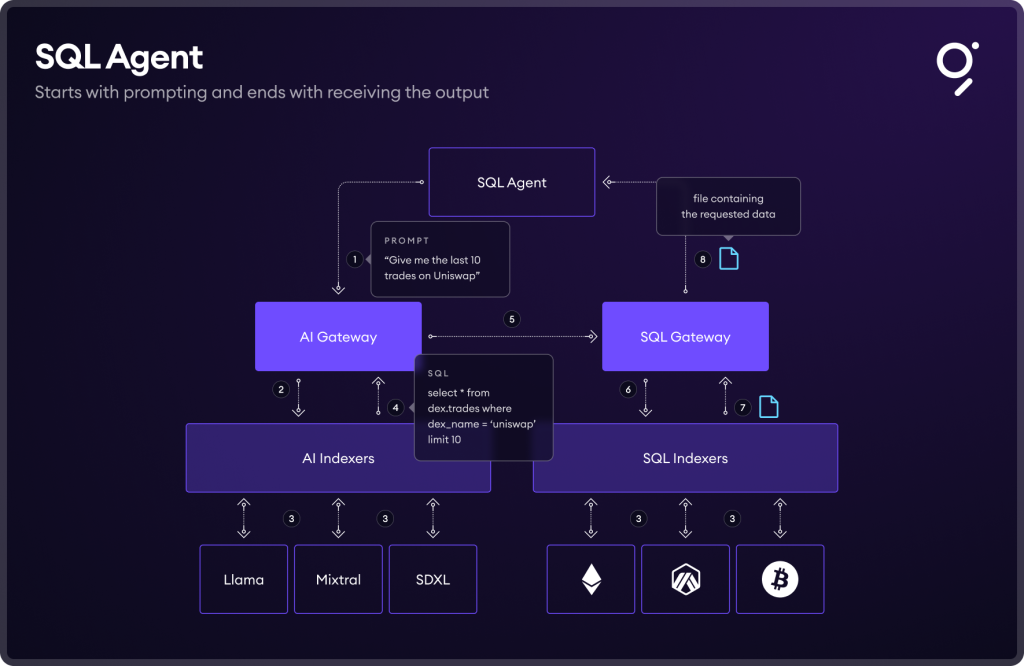
Future directions
Looking ahead, Semiotic Labs aims to enhance user experience in web3 by making data more accessible through natural language interfaces. The team envisions a future where automated agents, powered by AI and The Graph’s data, handle complex tasks across the web3 ecosystem.
Decentralized vs. centralized AI
Sam and Anirudh address the broader context of AI in the decentralized space. While centralized AI from giants like Google and Microsoft will continue to dominate in terms of compute power, the decentralized community can compete by creating specialized, smaller AI models. These models, though not as powerful individually, can collectively offer robust solutions for specific tasks.
Verifiability and determinism
A significant challenge in integrating AI is ensuring the accuracy and reliability of the results. Sam explains the importance of deterministic outputs for verifiability. They plan to use consensus methods and refereed games to ensure that AI outputs are consistent and trustworthy.
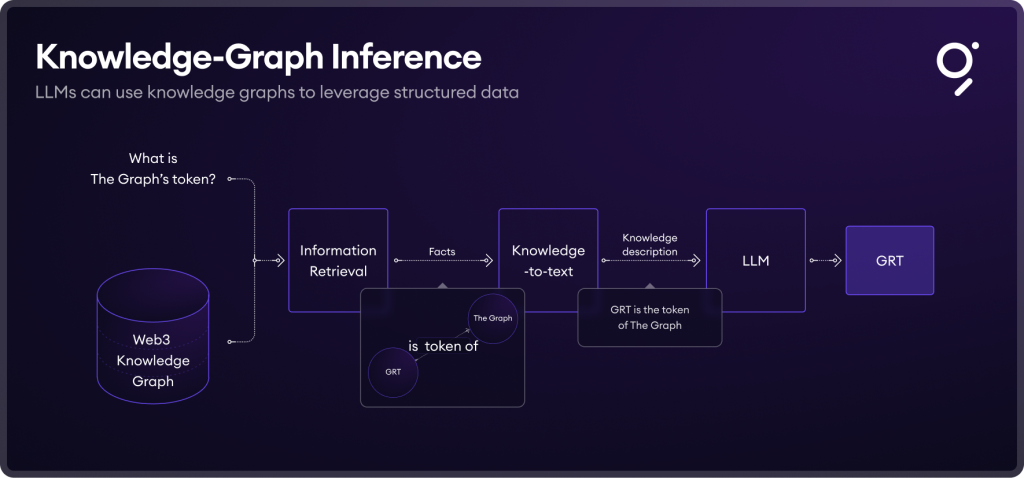
Community involvement
Semiotic Labs encourages the community to participate in competitions and provide feedback. They stress the importance of ongoing dialogue to refine and enhance AI services within The Graph.
The session concluded with an invitation for developers to join the conversation and contribute to the evolving AI landscape in The Graph ecosystem. With a focus on collaboration and innovation, Semiotic Labs is paving the way for a more intelligent and automated future in web3. For more details, check out the full video above.
💡 This article answers questions like:
- Why is The Graph uniquely positioned to leverage AI?
- How is Semiotic Labs planning to integrate AI into The Graph?
- Why is decentralized AI important to society?
- How will The Graph reduce hallucinations and ensure verified results?


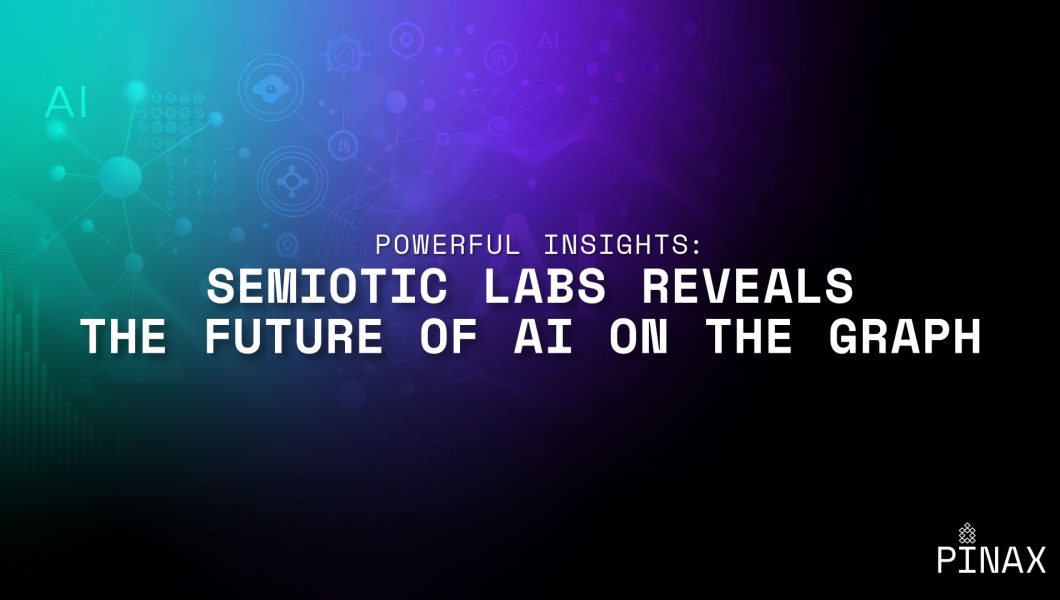
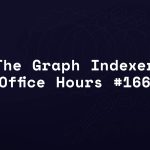
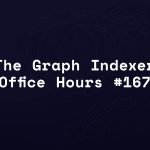
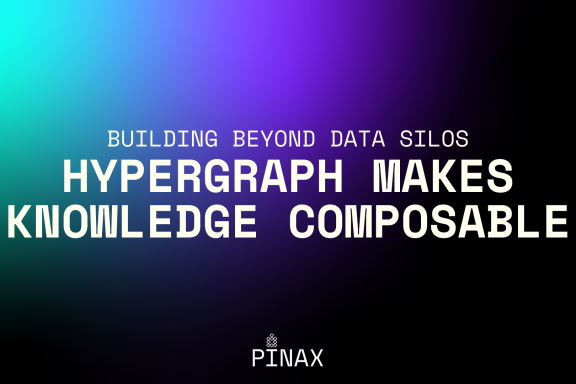
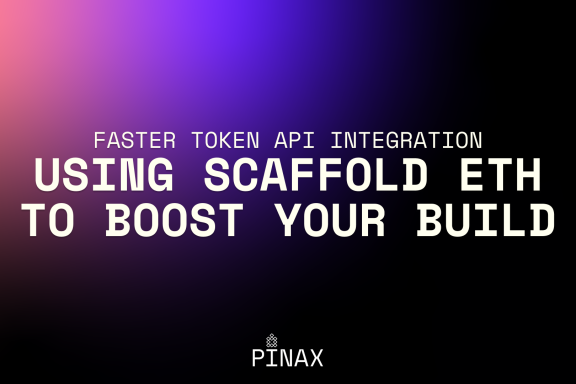
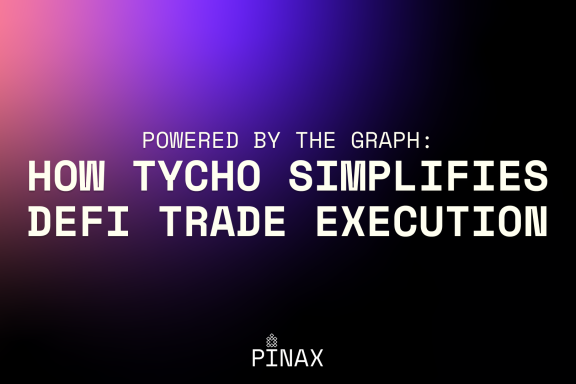
No Comments